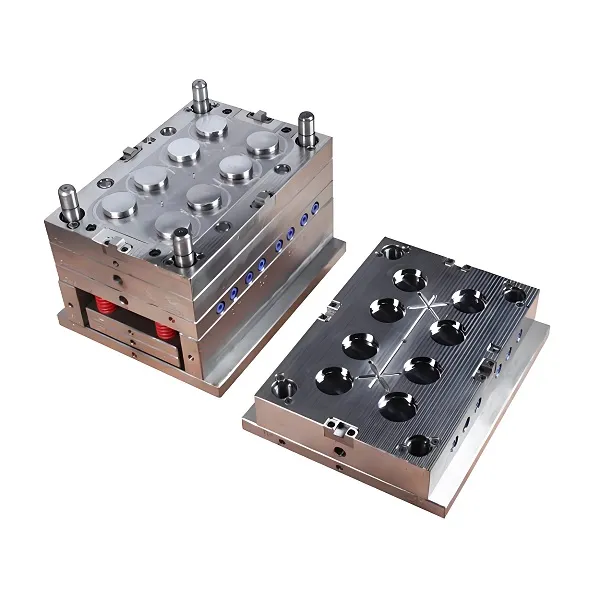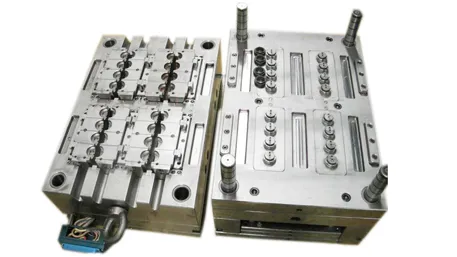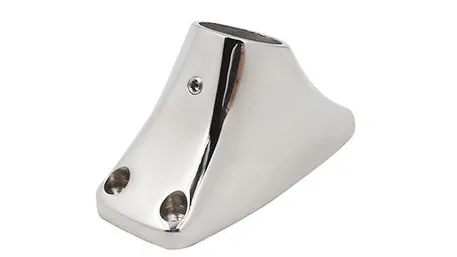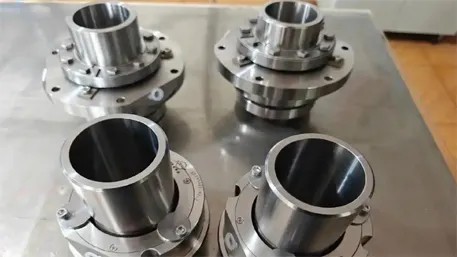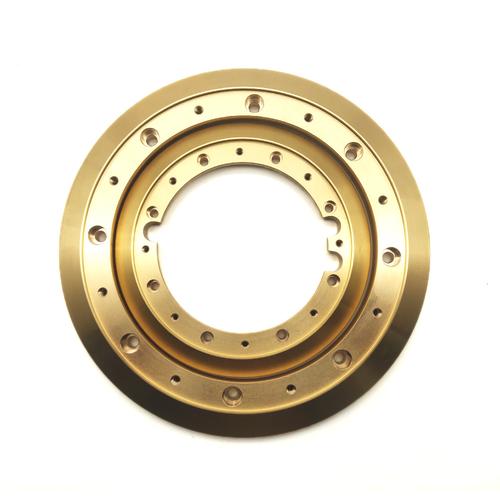In recent years, with the transformation of the manufacturing industry towards intelligence and personalization, CNC (Computer Numerical Control) machining technology, with its advantages of high precision, flexibility, and efficiency, has become the core driving force for customized production. Especially in early 2025, a number of industry developments and technological innovations have further highlighted the crucial role of CNC machining in promoting the upgrading of the manufacturing industry. This article deeply analyzes the current situation and future of CNC custom machining in combination with recent news reports and industry trends.
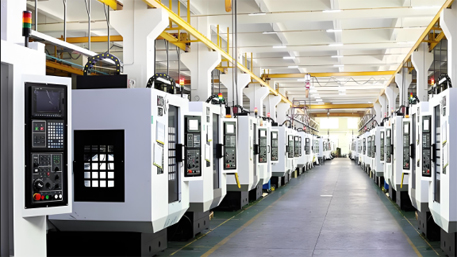
I. Aluminum Alloy Parts: Dual Breakthroughs in Lightweighting and High Precision
In fields such as aerospace and new – energy vehicles, the demands for lightweighting and precision are constantly rising. CNC – machined aluminum alloy parts have become the focus of the industry due to their material properties (lightweight, high strength, corrosion – resistance). For example, a recent case released by Xi’an Future Intelligence Manufacturing shows that the aerospace aluminum alloy structural parts manufactured through CNC technology can reduce the weight of aircraft by 15% – 20%, while achieving micron – level precision to meet the processing requirements of complex surfaces. In addition, the application of aluminum alloy in automobile manufacturing has significantly improved fuel economy. A certain automobile company has successfully reduced the vehicle weight by 10% and increased the cruising range by 8% through CNC – customized chassis parts.
Insight: The extensive use of aluminum alloy not only reflects the progress of materials science but also the adaptability of CNC technology in cross – industry collaboration. In the future, with the research and development of new alloy materials, CNC machining will develop towards higher performance and more environmental friendliness.
II. Intelligence and Multi – Axis: The Core Directions of Technological Iteration
The “Western Machine Tool, Die & Mould and Metal Processing Exhibition” to be held in March 2025 reveals that multi – axis linkage CNC machine tools will be the highlight of the exhibition. These devices can control the movement of more than 5 axes simultaneously, realizing the one – piece forming of complex parts, and the processing efficiency is 40% higher than that of traditional machine tools. At the same time, the deepening of Industry 4.0 promotes the intelligence of CNC machining. For example, an enterprise in Dongguan introduced an AI – driven CNC system, which optimized the tool path through real – time data analysis and reduced the scrap rate from 2% to 0.5%.
Data Support: Data from the Western China International Industrial Fair in 2024 shows that the on – site transaction volume of intelligent CNC equipment accounted for 35%, far exceeding that of traditional models, indicating the urgent market demand for technological upgrades.
Insight: Intelligence is not only an improvement in efficiency but also a reconstruction of the production model. In the future, CNC machining will be deeply integrated with the Internet of Things and digital twins, achieving a leap from “manufacturing” to “intelligent manufacturing”.
III. Green Manufacturing: The Inevitable Path to Sustainable Development
Driven by the “Dual – Carbon” goal, the green transformation of CNC machining has received much attention. A recent industry report points out that through optimizing the cutting process and using environmentally friendly coolants, the energy consumption of CNC machining can be reduced by 20% – 30%. For example, a precision manufacturing enterprise has reduced carbon emissions by approximately 120 tons per year by improving the processing parameters of aluminum alloy. In addition, the high material utilization rate of CNC technology itself (up to over 95%) also significantly reduces resource waste.
Insight: Green manufacturing is not only a policy requirement but also a reflection of an enterprise’s competitiveness. CNC technology needs to continuously break through in process innovation and the application of environmentally friendly materials to balance efficiency and sustainability.
IV. Customized Services: Upgrade from “Small – Batch” to “Full – Process”
In the traditional manufacturing industry, small – batch customization often faces the pain points of high costs and long cycles. However, the flexibility of CNC machining makes it stand out in the personalized market. Take Zhongshan Rongsheng Precision as an example. Through modular programming and rapid tool – changing technology, it has shortened the delivery cycle of customized orders to 3 – 5 days and supports customers’ full – process participation from design to finished product. A model enterprise in Shenzhen, through the “cloud platform + CNC” model, enables global customers to submit demands online and track the production progress in real – time, with the order volume increasing by 60% year – on – year.
Insight: The future of customized services is not only the improvement of processing technology but also the reconstruction of supply chain collaboration and customer experience.
V. Industry Challenges and Future Outlook
Although the prospects of CNC machining are broad, it still faces two major challenges: one is the dependence on imported high – end equipment, with a domestic production rate of less than 30%; the other is the shortage of compound technical talents. In response, the Western China International Industrial Fair in 2025 proposed an “industry – university – research – application” integrated solution, planning to jointly cultivate CNC engineers with universities and enterprises and promote the research and development of domestic multi – axis machine tools.
Future Trend Forecast:
Material Diversification: CNC machining technologies for new materials such as titanium alloy and carbon fiber will accelerate breakthroughs.
Service Globalization: Cross – border customization platforms will rise, promoting the transformation of CNC machining services towards an “on – demand manufacturing” model.
Standard Unification: The industry urgently needs to establish unified precision and environmental protection standards to cope with global competition.
Conclusion
CNC custom machining has evolved from a single technology into an ecosystem that drives the transformation of the manufacturing industry. Driven by technological iteration, green transformation, and market demand, its potential has far from been fully unleashed. In the future, only through continuous innovation and cross – border integration can it gain a commanding height in the fierce global manufacturing competition.

